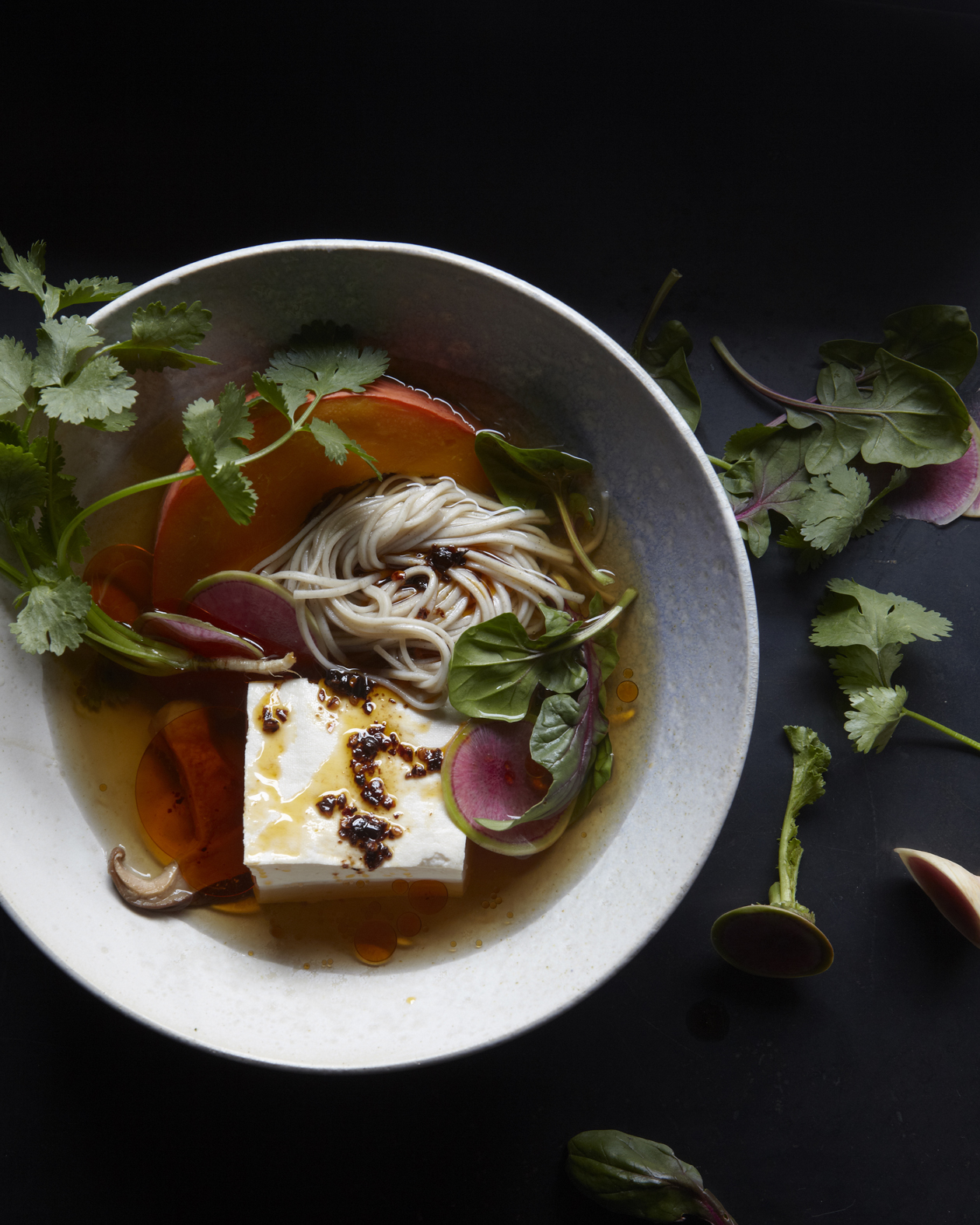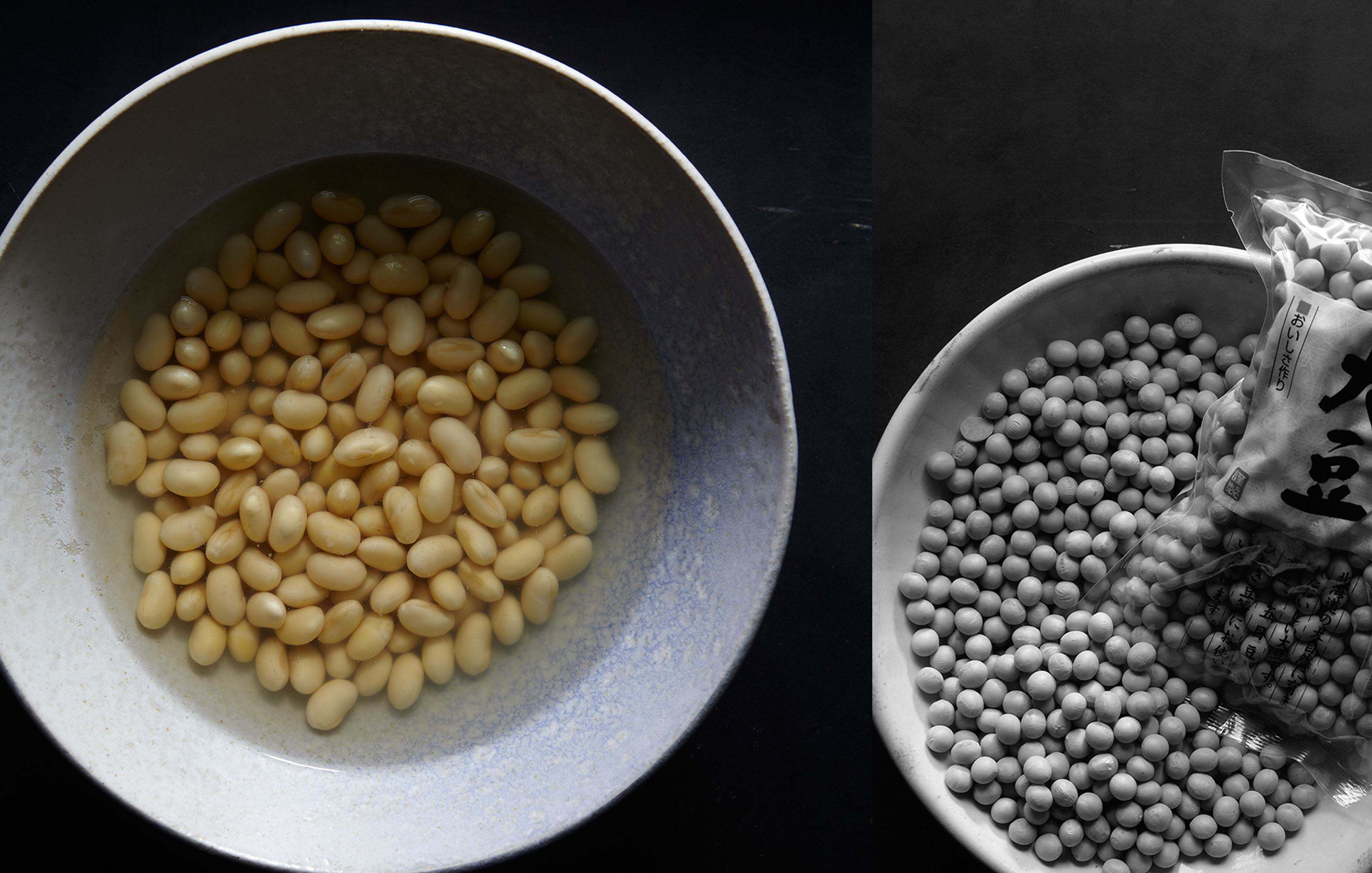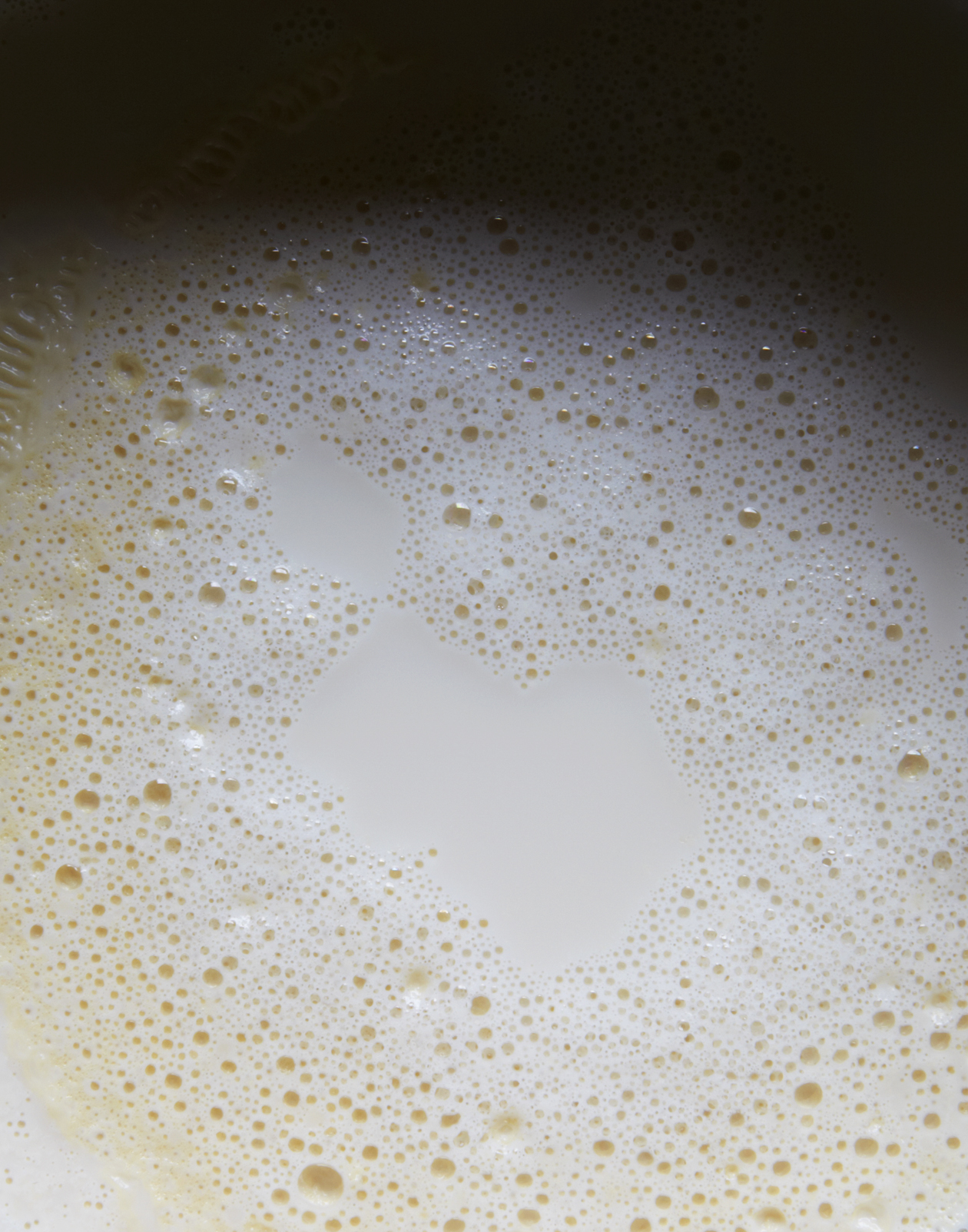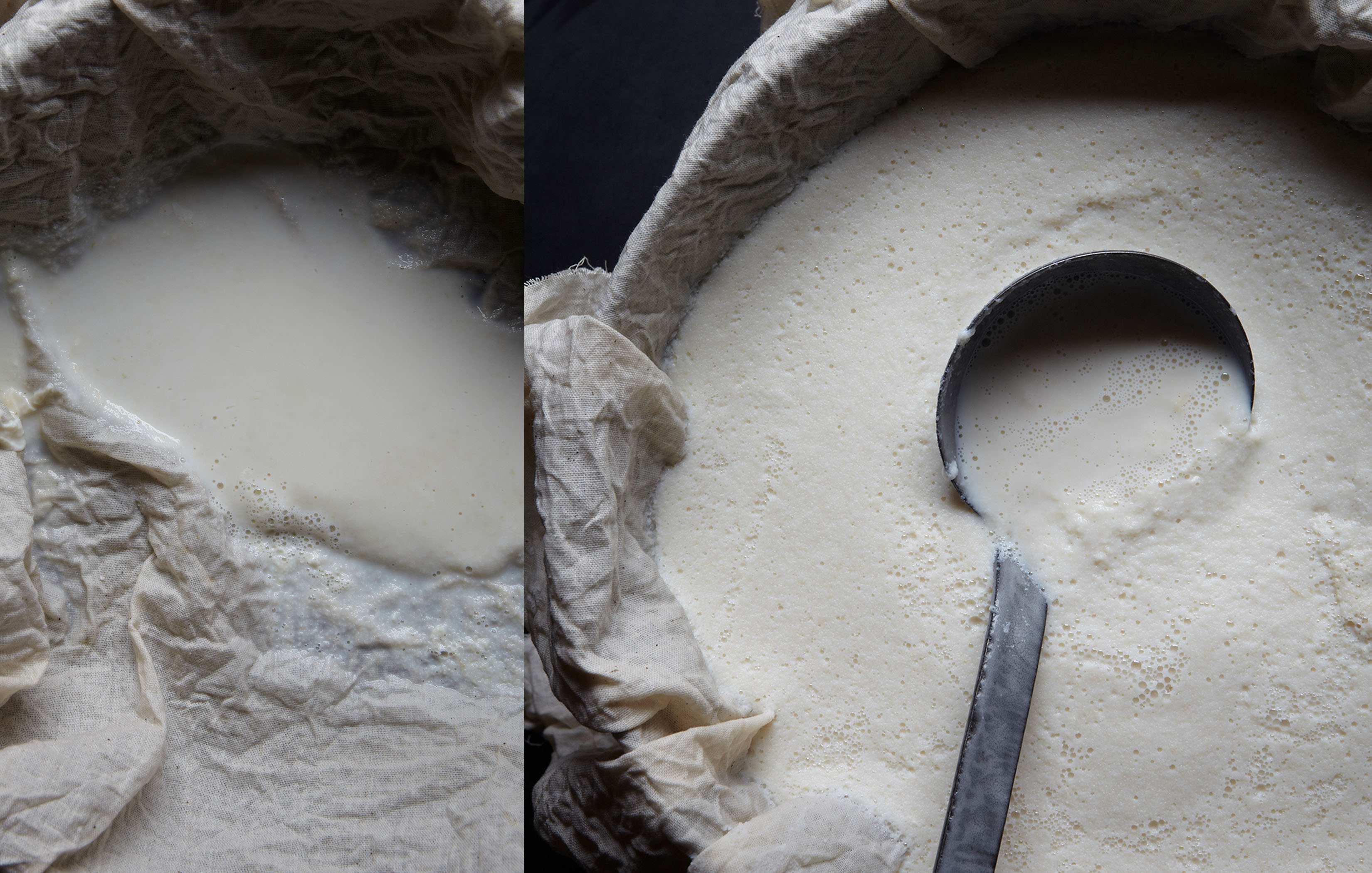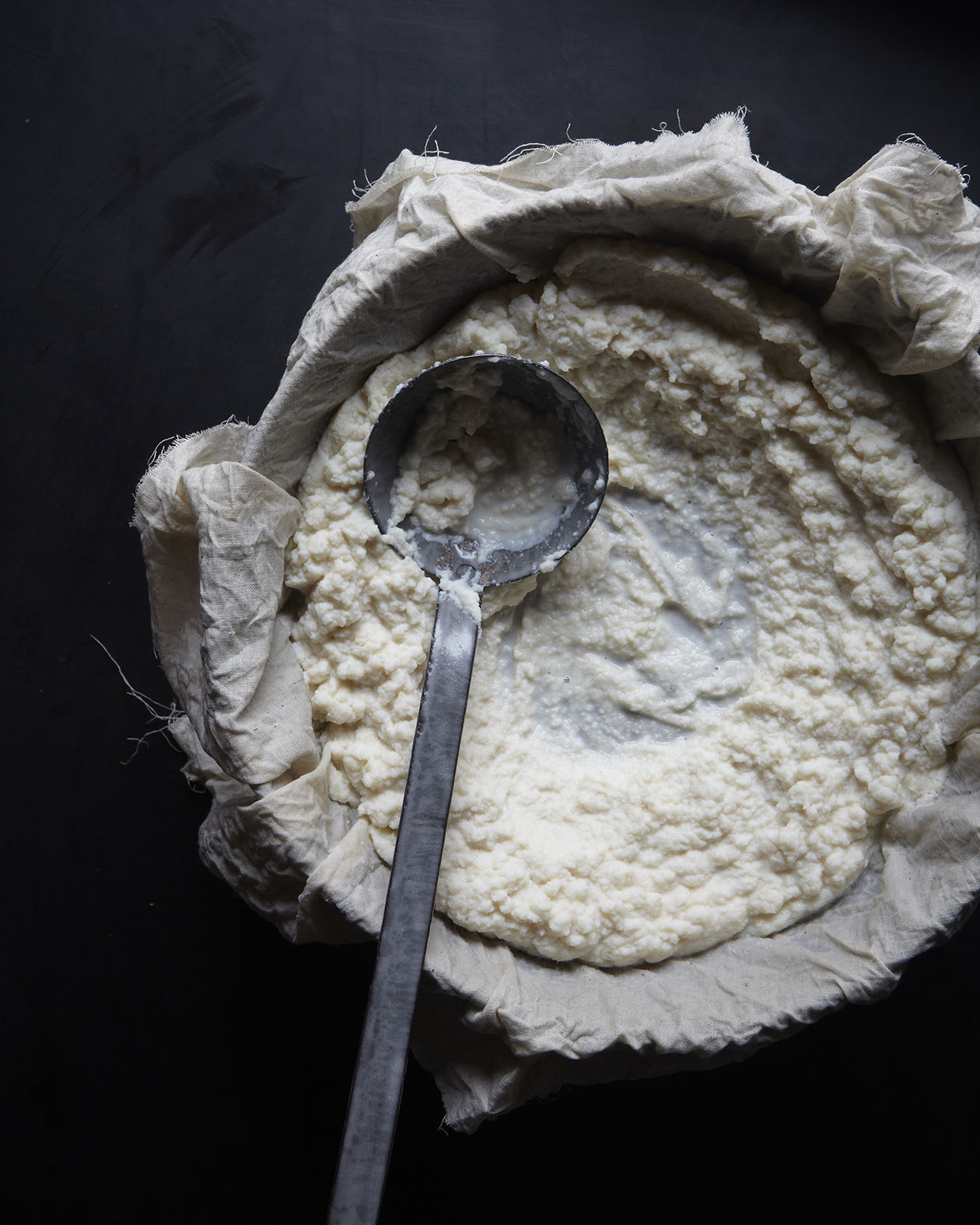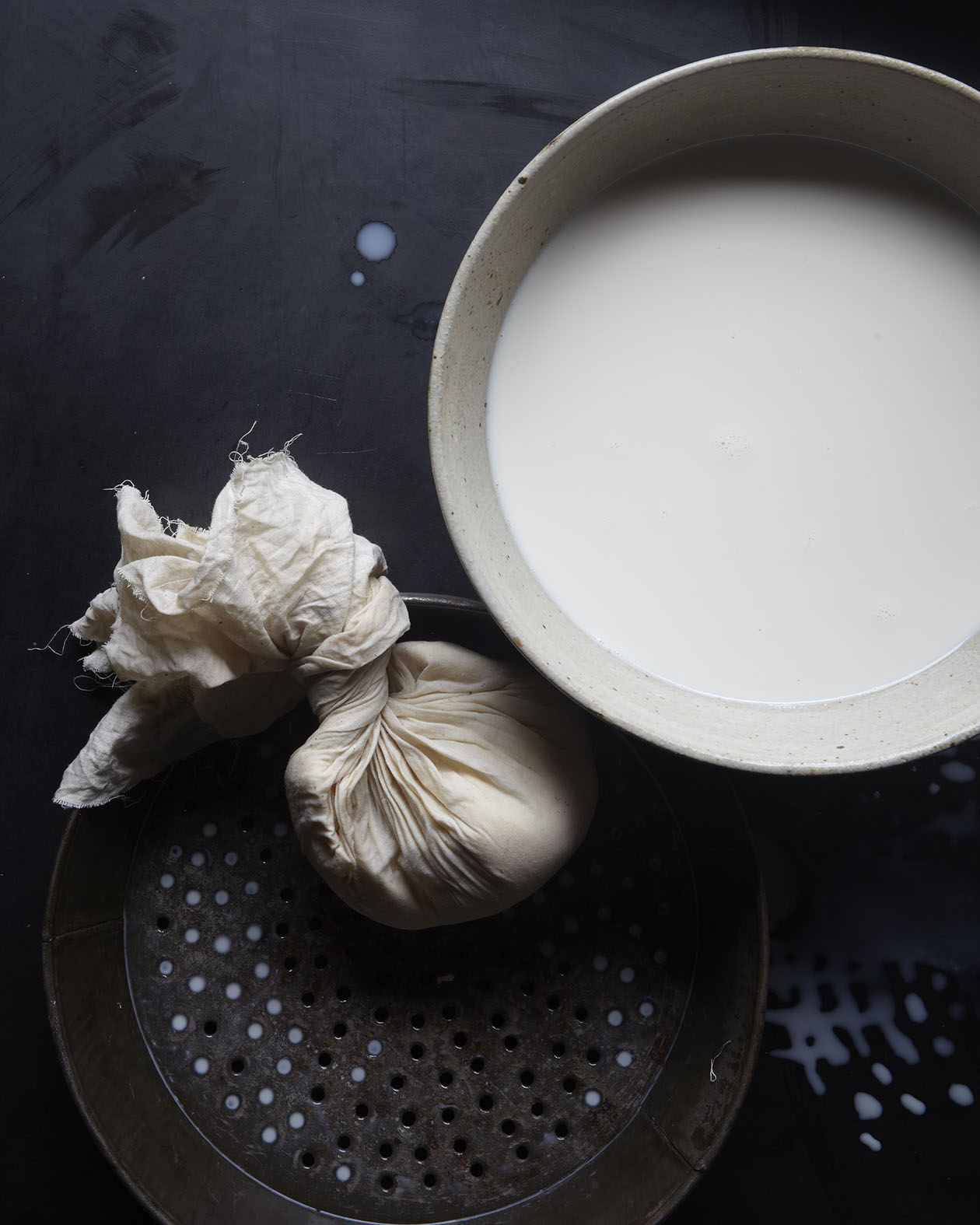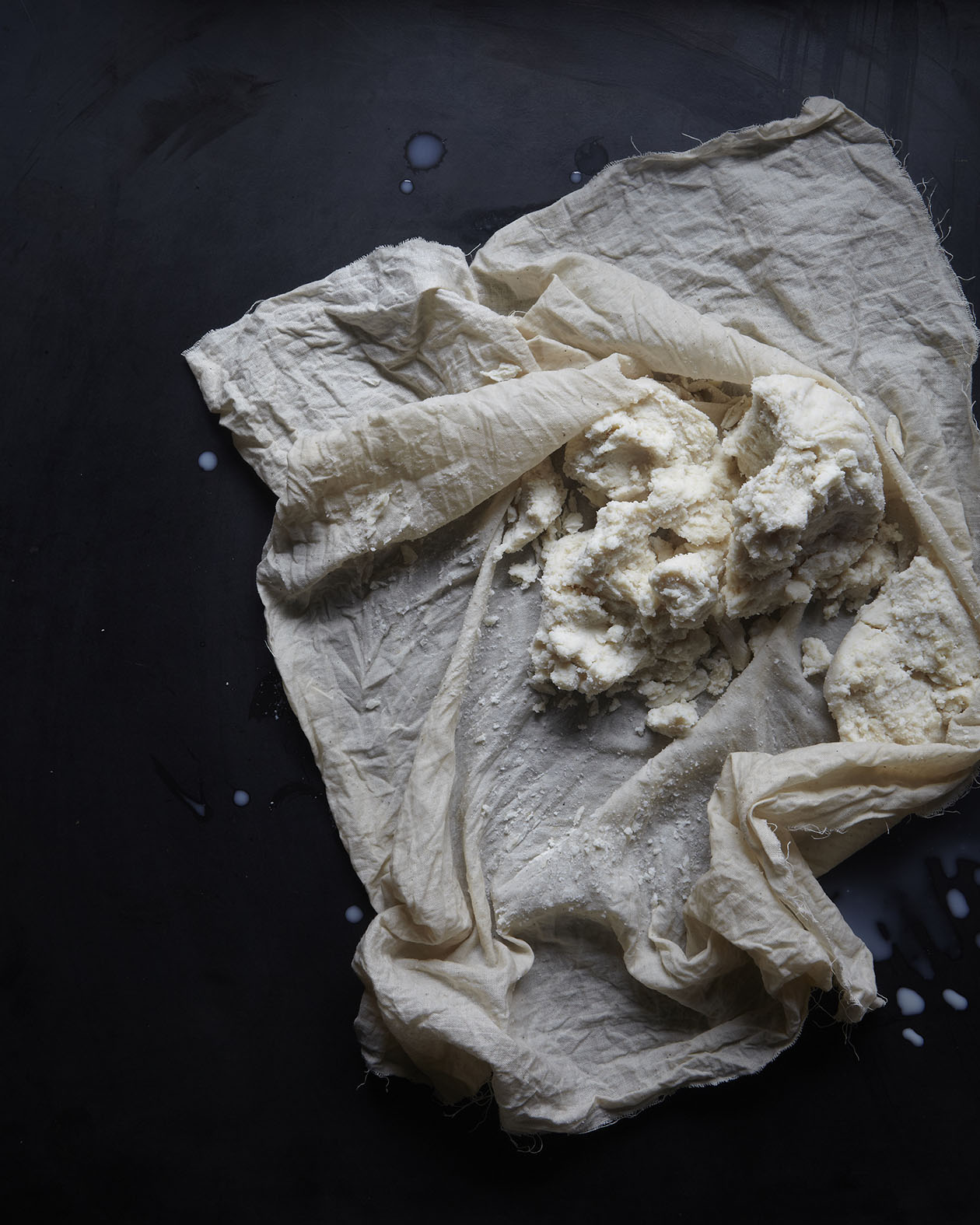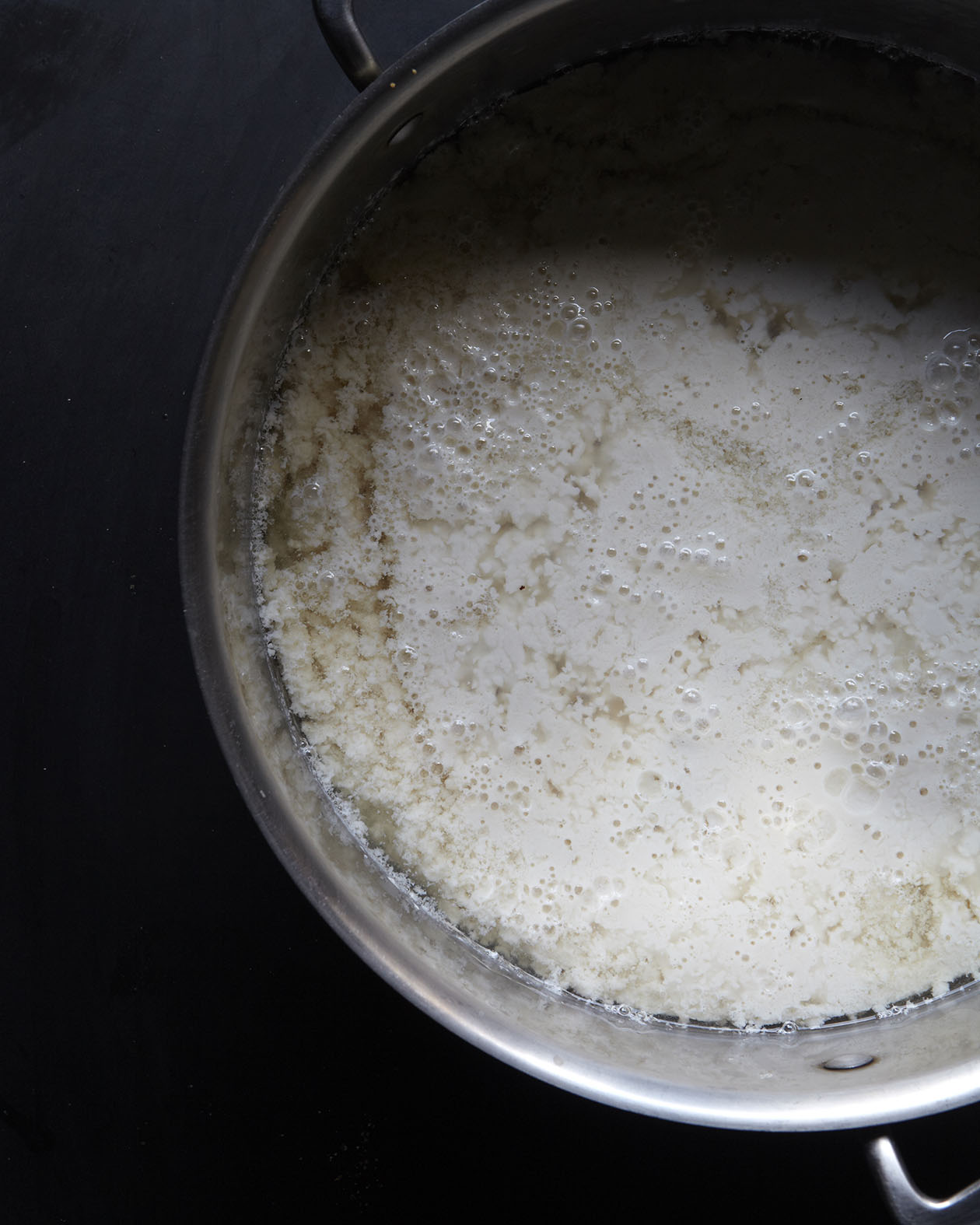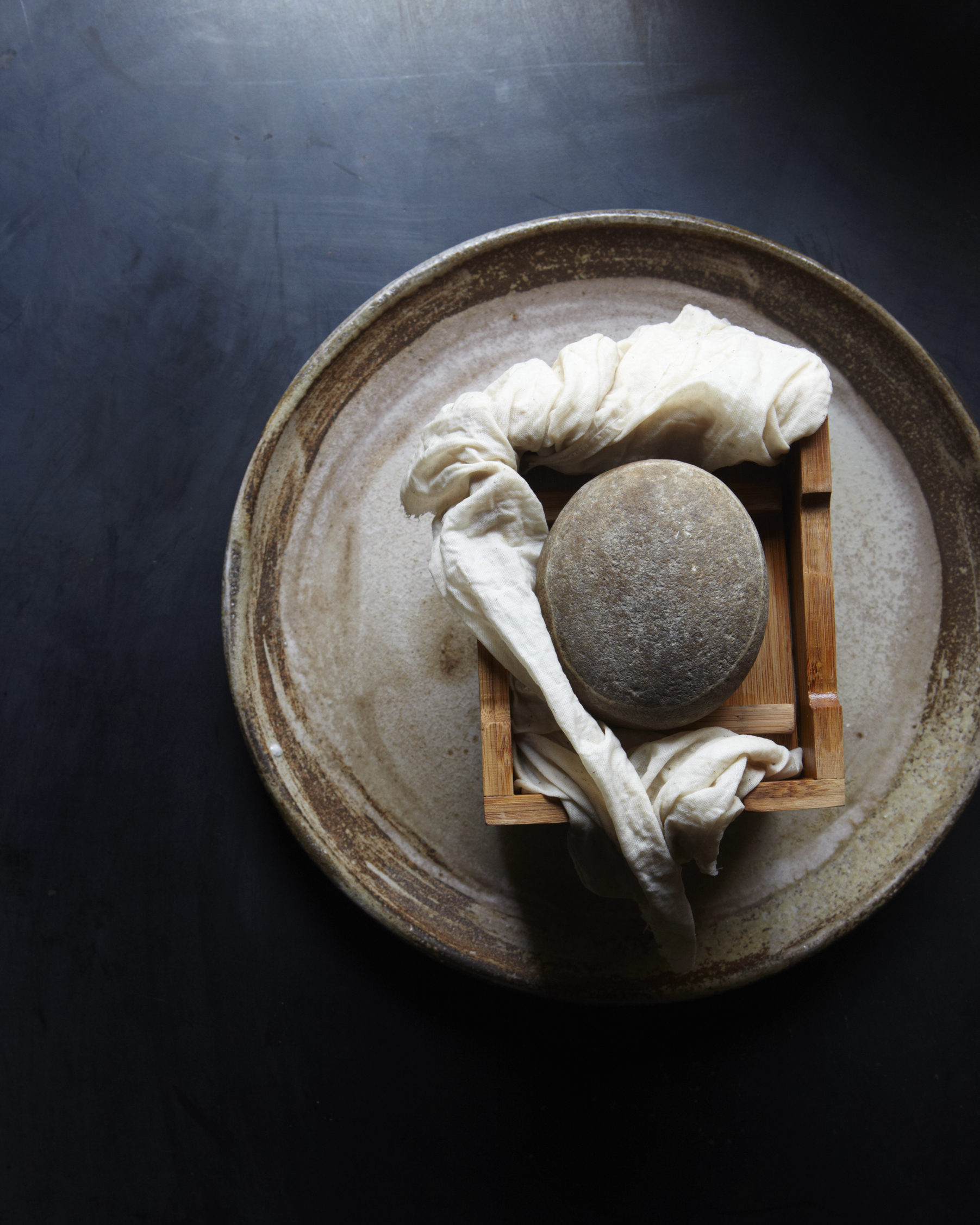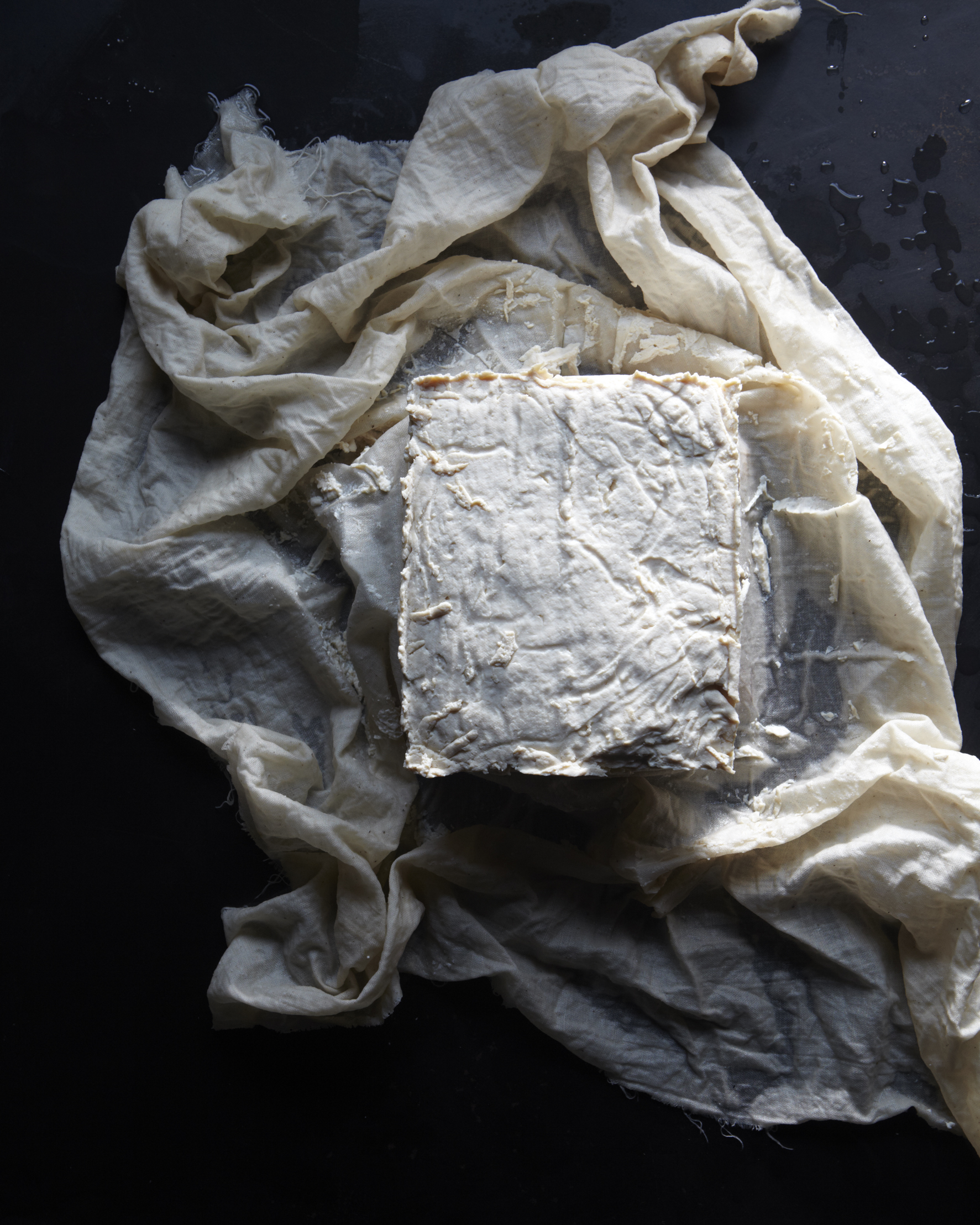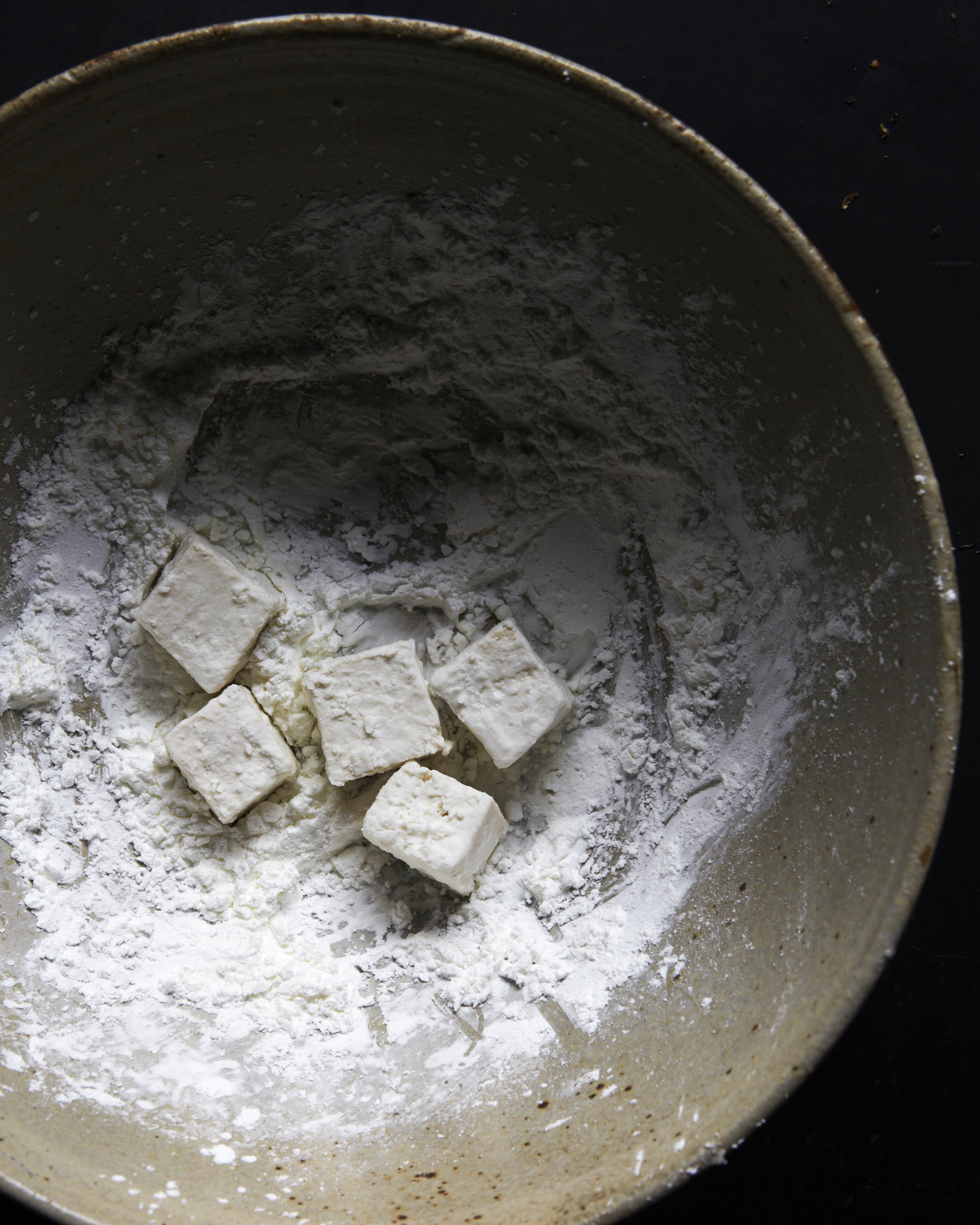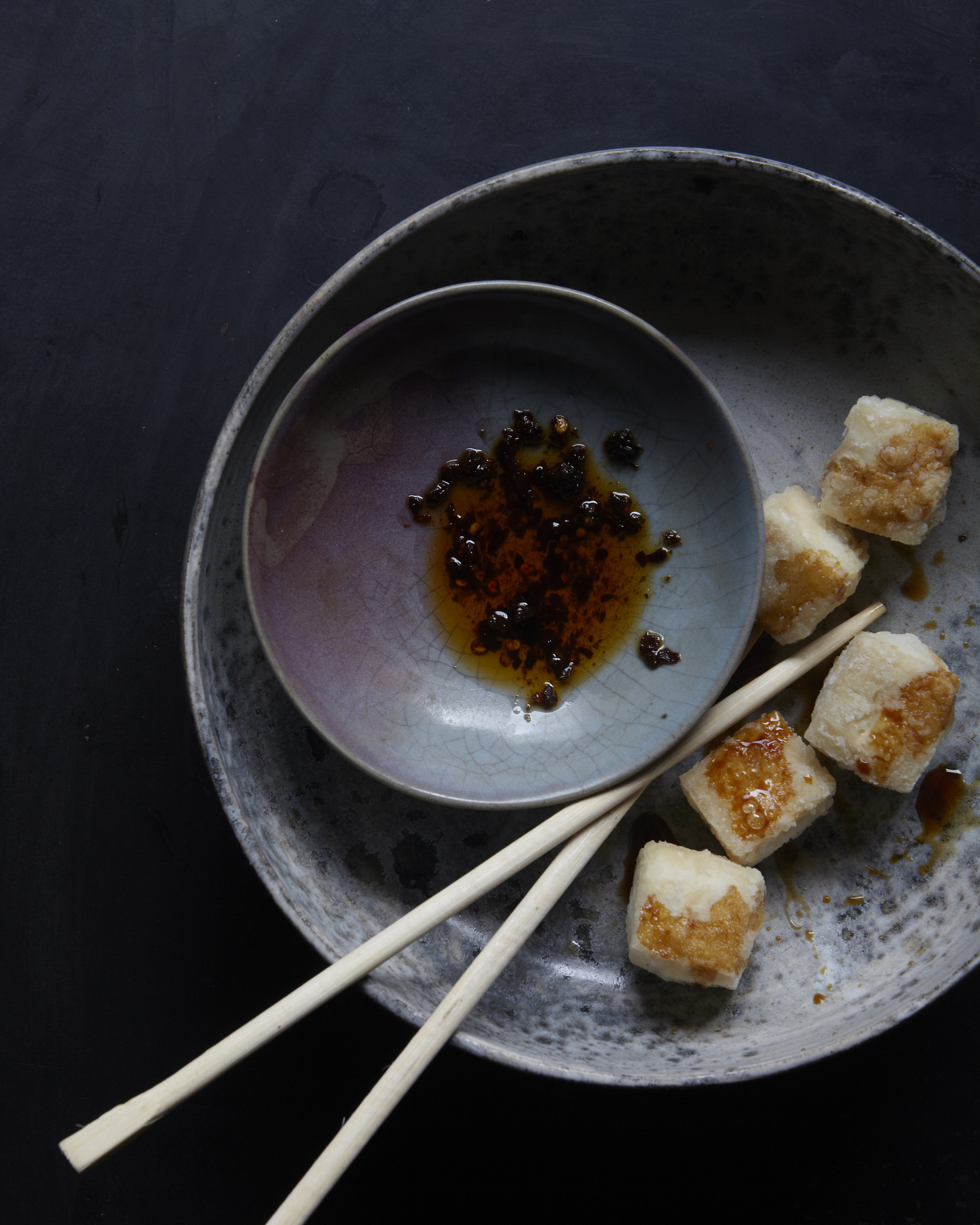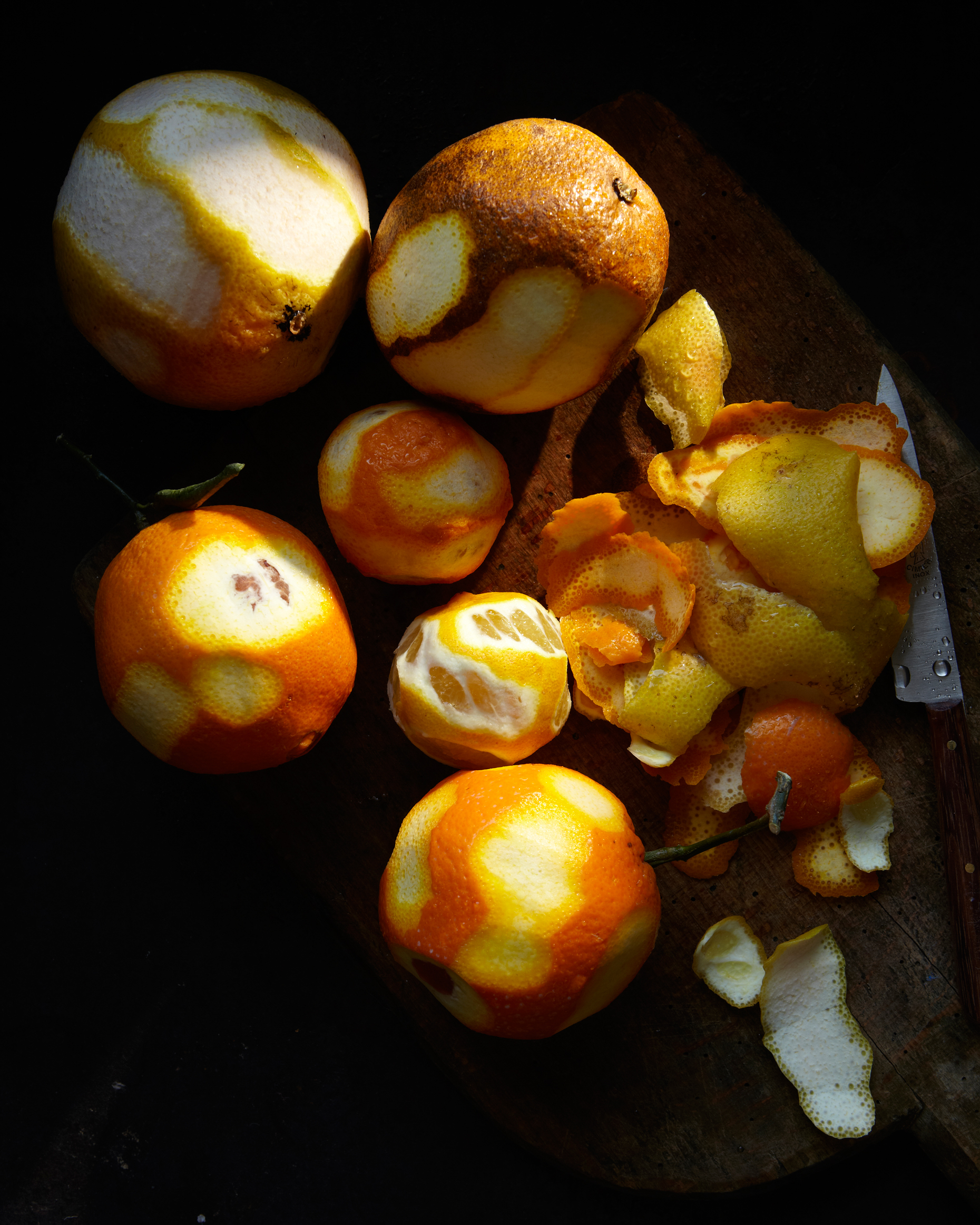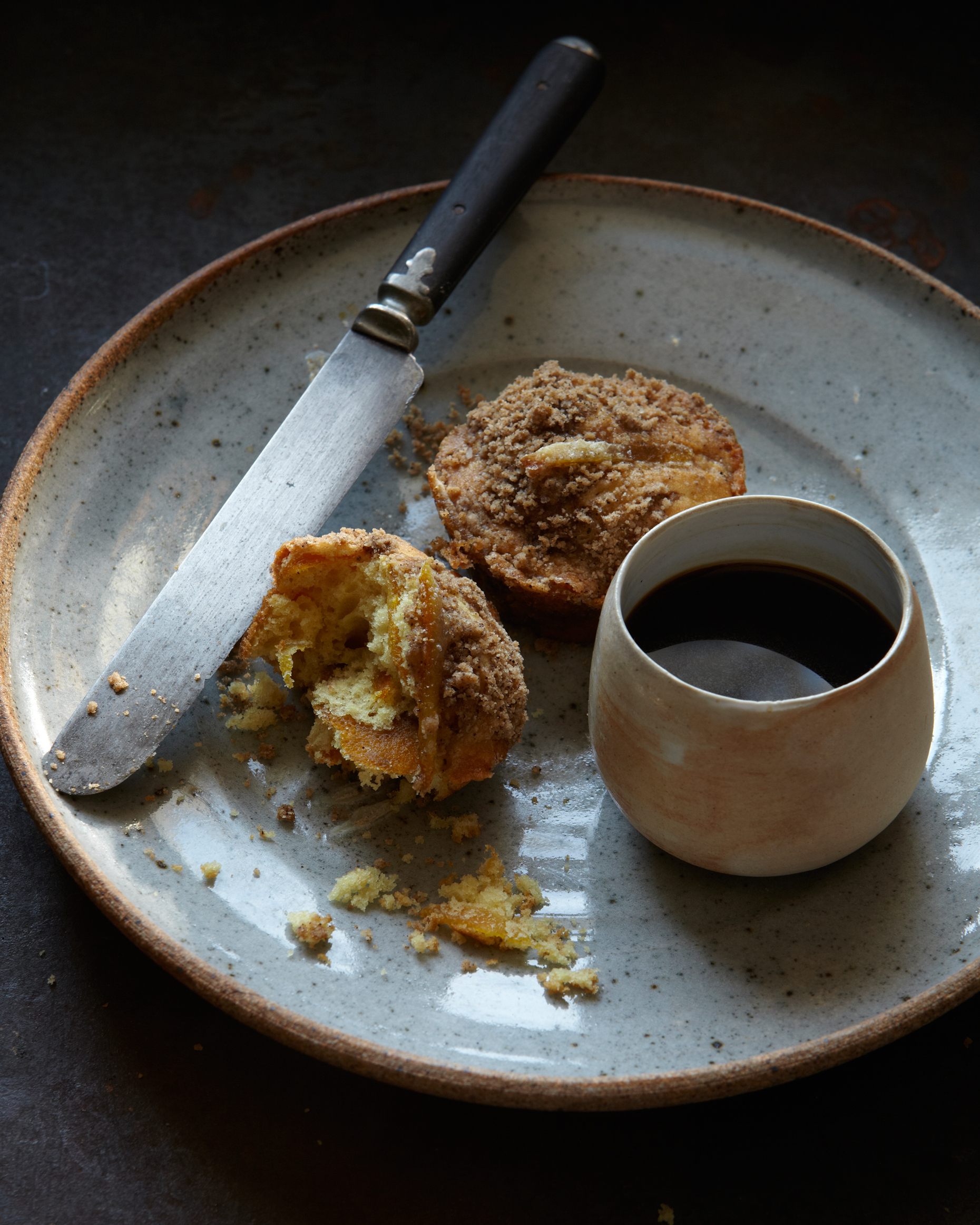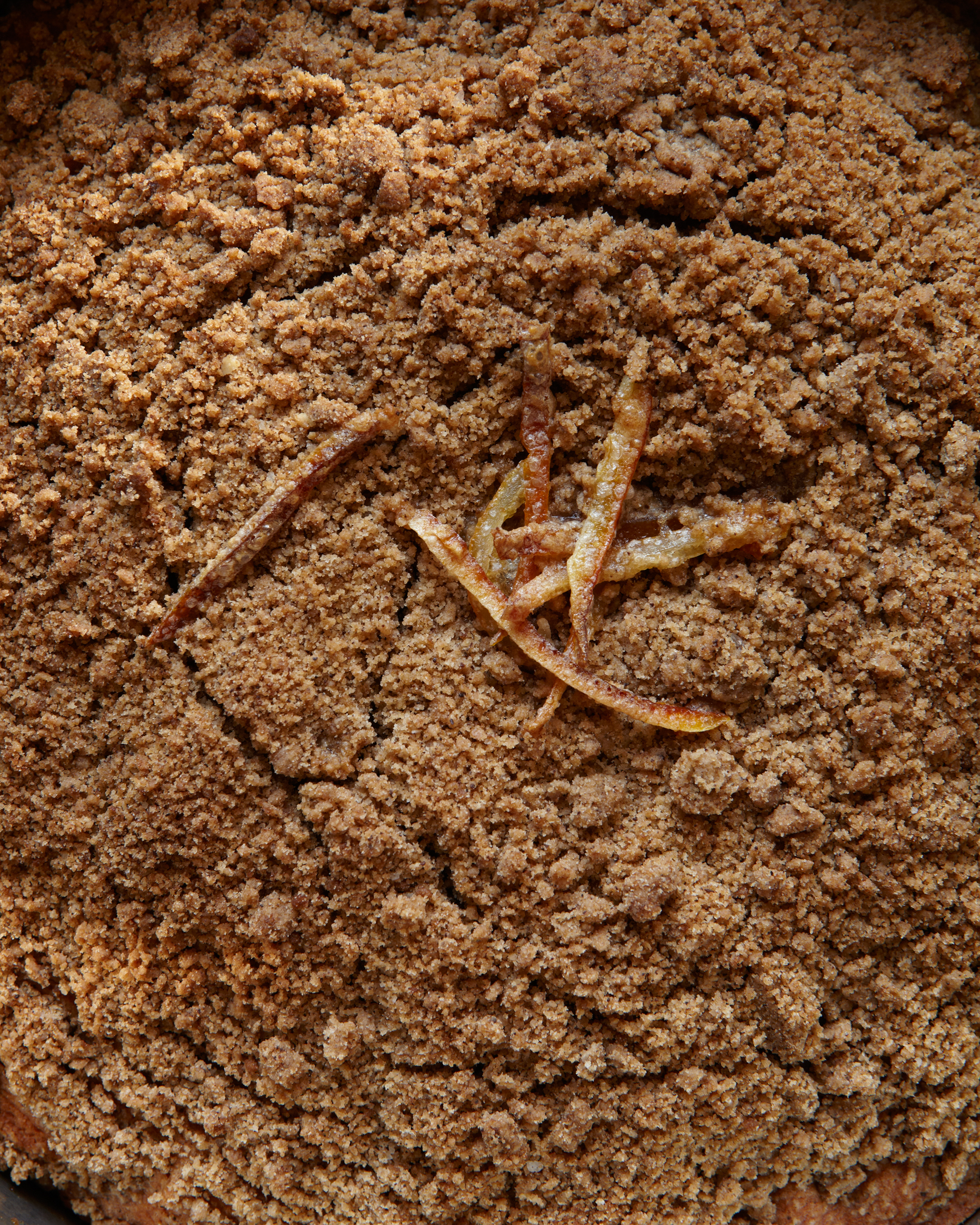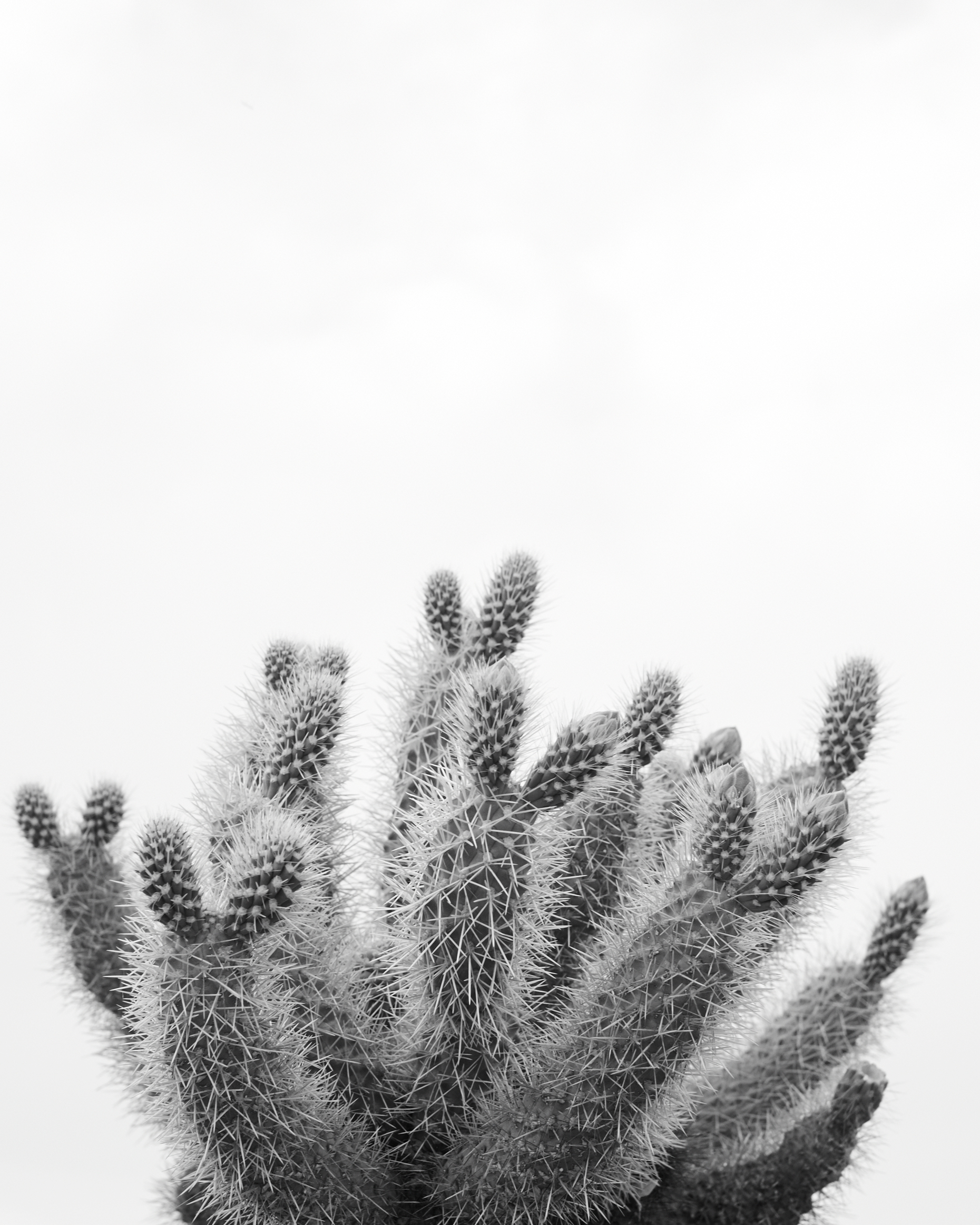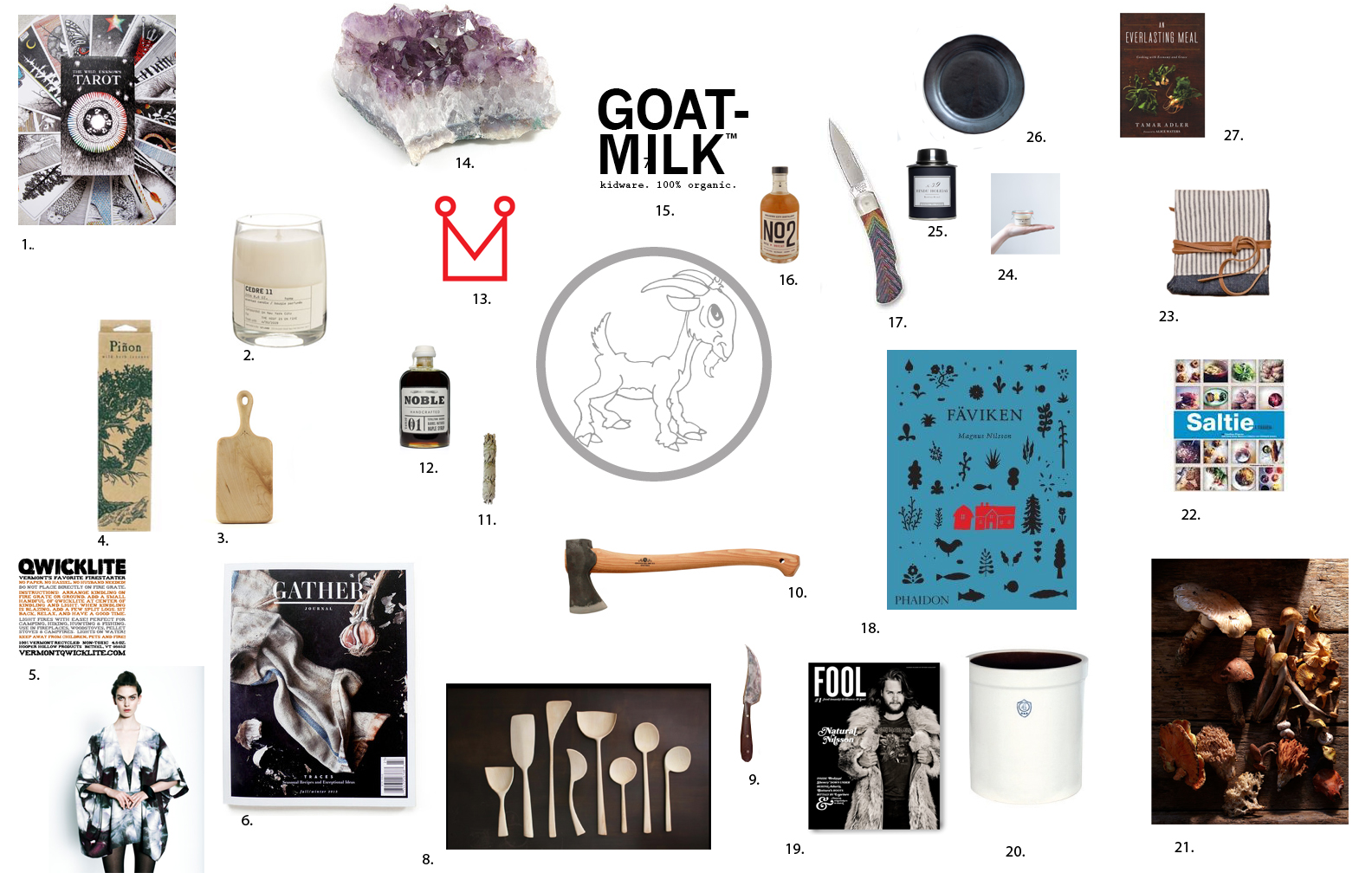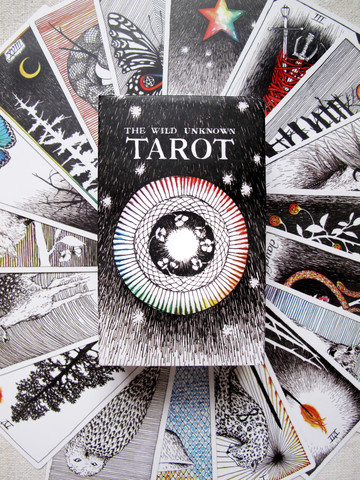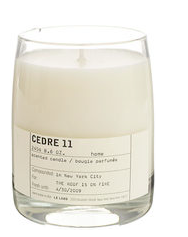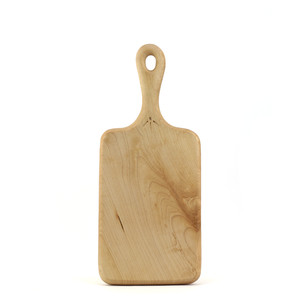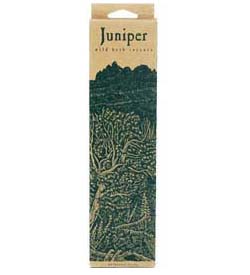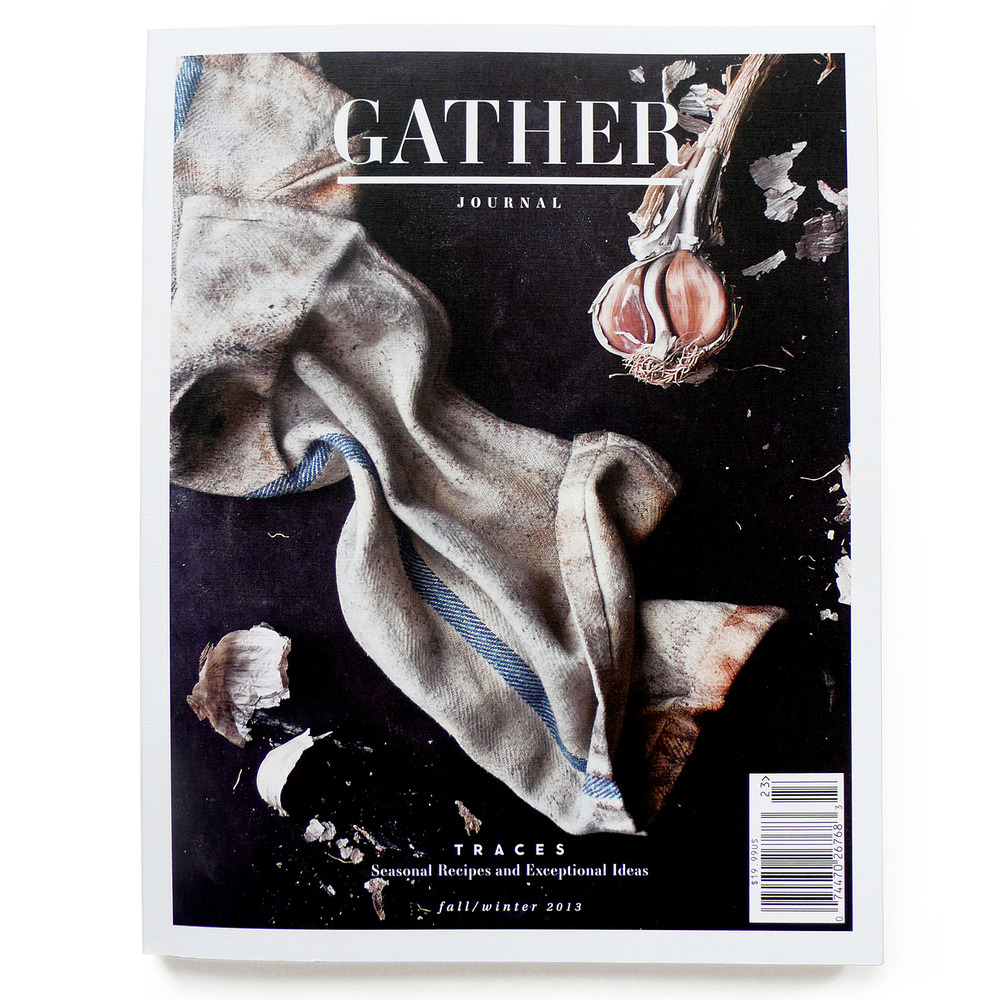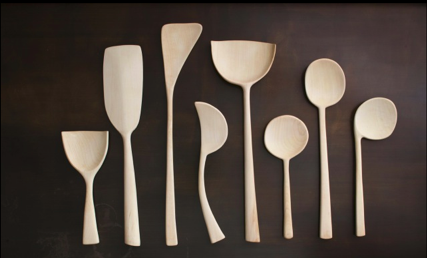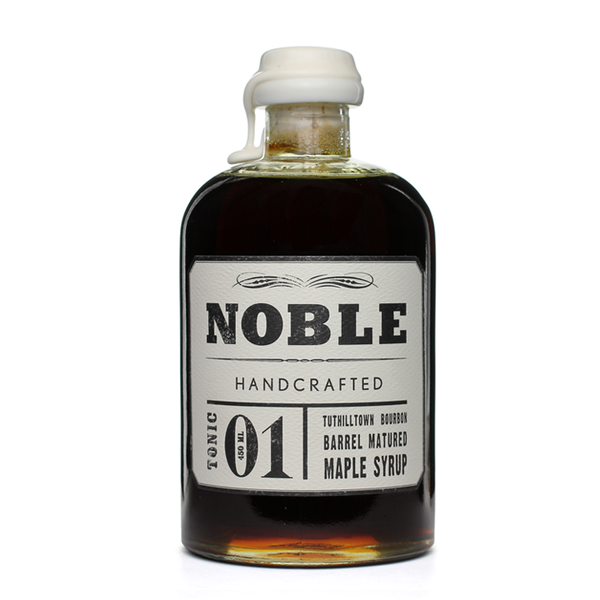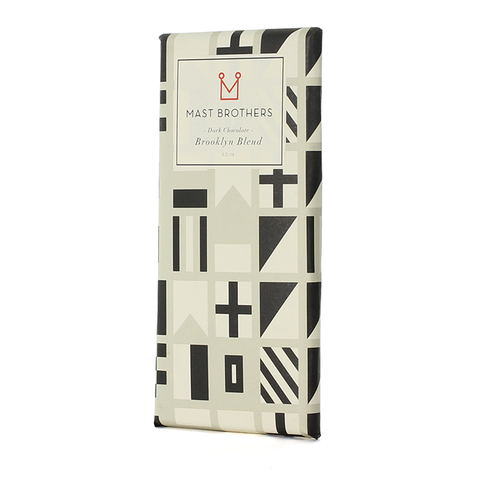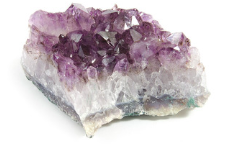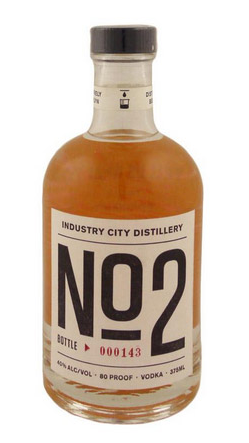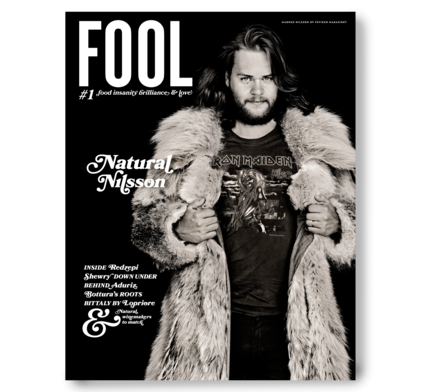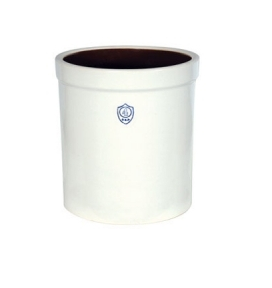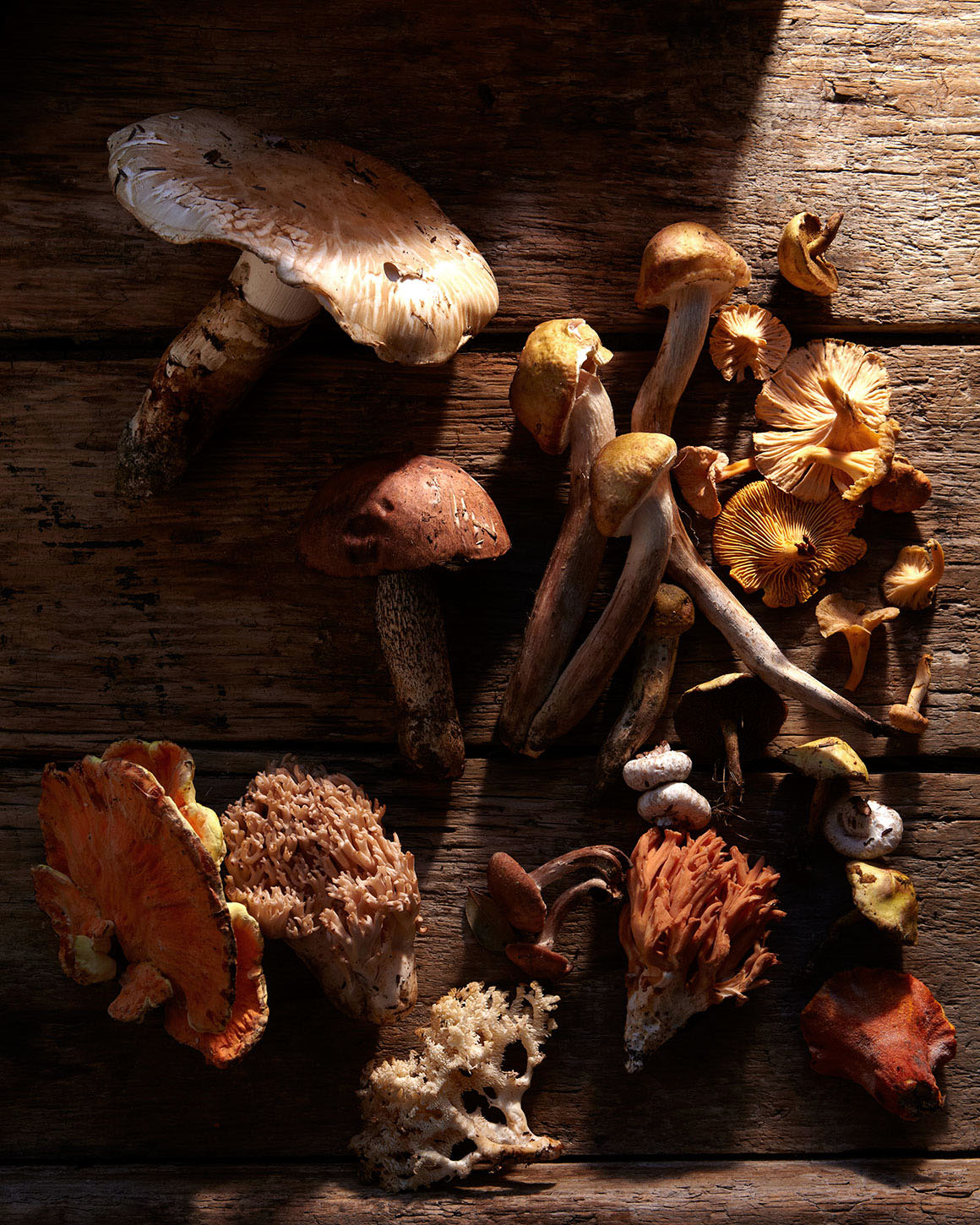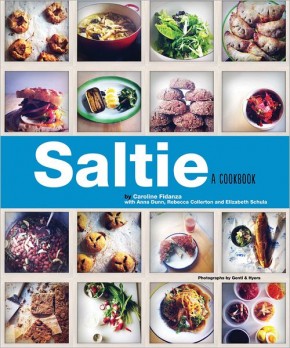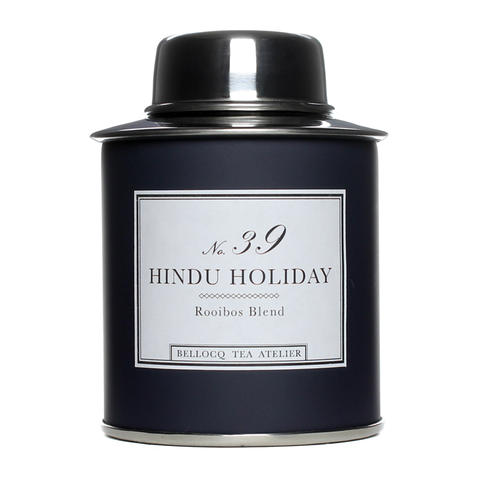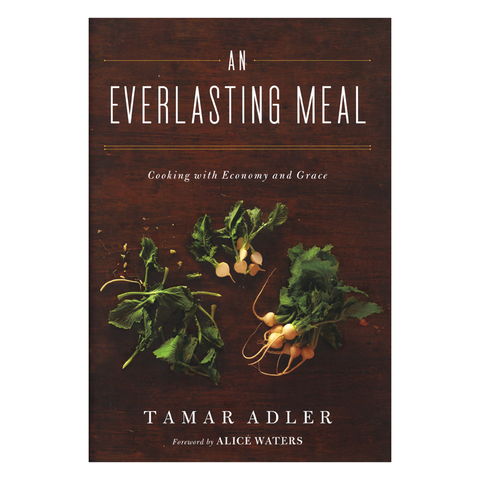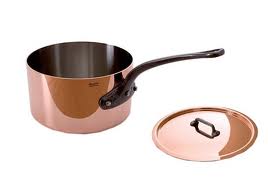tofu part 2.
 11.2
11.2
TOFU
1 ½ cups of high-grade soybeans
14 cups total spring or filtered water, room temperature
1 ½ teaspoons dry nigari
Tools:
Blender
Large heavy bottomed pot
Muslin
Large strainer or colander
-Soak soybeans in 5 cups water for at least 12 hours.
-Heat 6 cups of water in a heavy bottom pot. In a blender, puree beans and their soaking liquid in 3 batches for 2 minutes each time, you may risk burning out your blender if you puree it all in one shot. Add the puree in batches to the hot water and mix thoroughly after each time. Allow to come up to an almost boil on a medium-low setting. Stir frequently to avoid soybean pulp sticking to the bottom and scorching. Keep your eyes on the mixture making sure it doesn’t boil over. Remove from heat, cover and leave to cool for ½ hour.
-Make sure mixture is cooled enough to handle then strain using a muslin lined strainer or colander. Grab corners of the muslin and twist to press out all the soymilk. The leftover parched pulp is called okara and in Japan it is often times cooked with vegetables. Clean muslin out of all the pulp well, we will be using it again.
-Rinse pot out well and add the drained soymilk to it. Warm gently on low till the temperature reaches 175 degrees this process will take about an hour.
Yuba, the skin that forms on the surface of hot soy milk is a favorite amongst the Japanese. These thin, egg-like sheets are delicious served simply with a dashi or soy sauce and wasabi.
-Warm soy milk gently on low till the temperature reaches 175 degrees this process will take about an hour. You will see the skin form as the soy milk reaches desired temperature.
-Using chopsticks gently pull out the yuba and roll it on a plate. Once you remove the skin another one will soon form.
The tofu skins or Yuba are served room temperature. They have the consistency of a super thin omelet. It takes some time to accumulate enough yuba for a few people to eat. We added some micro greens and herbs on top of the Yuba for a bit of crunch and hit it with some soy. You can add a little gomasio if you would like.. The tofu skins can be made ahead of time and stacked between pieces of parchment paper.
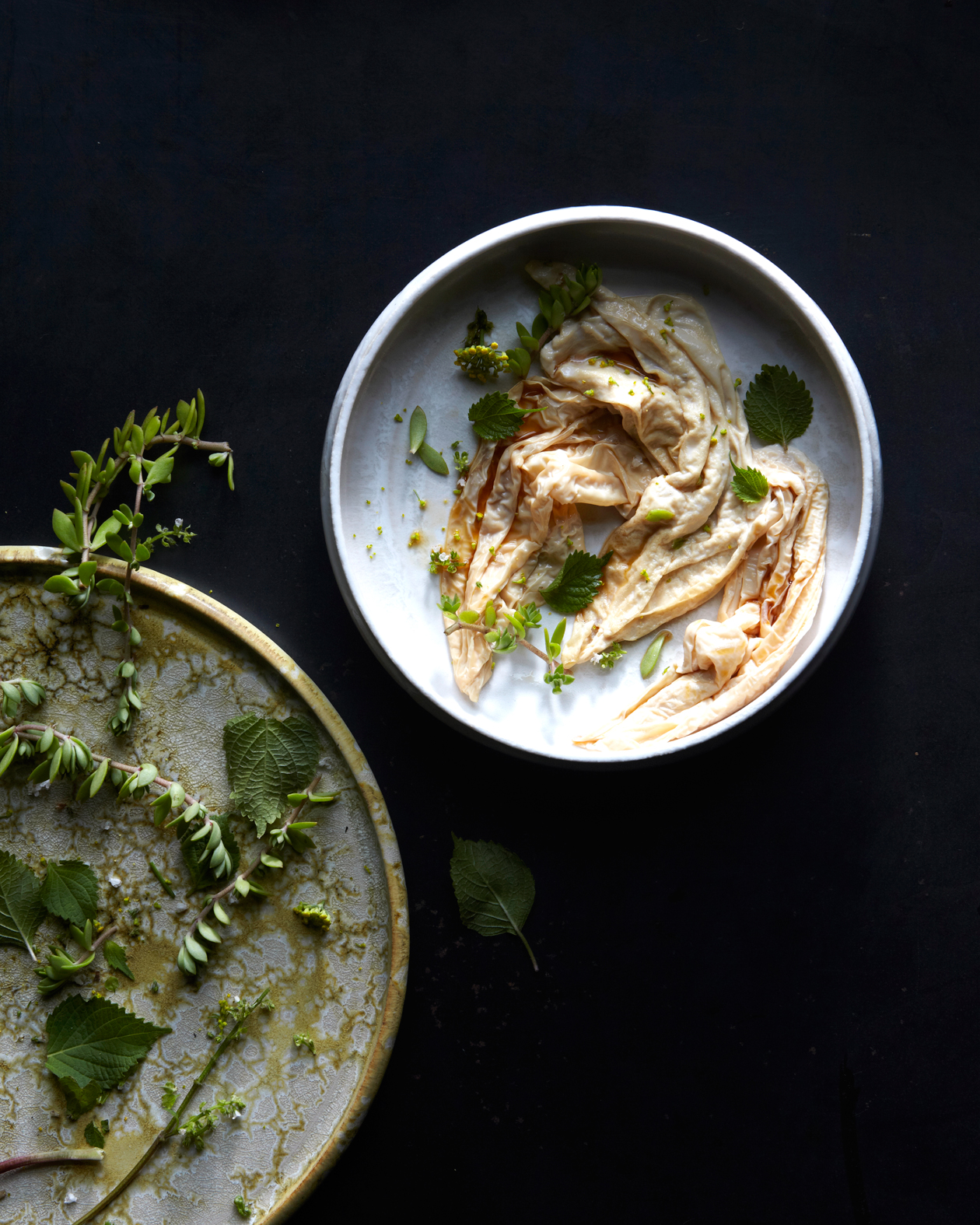

2 tablespoons toasted sesame
Hemp Seed Gomasio
2 tablespoons toasted hemp seeds
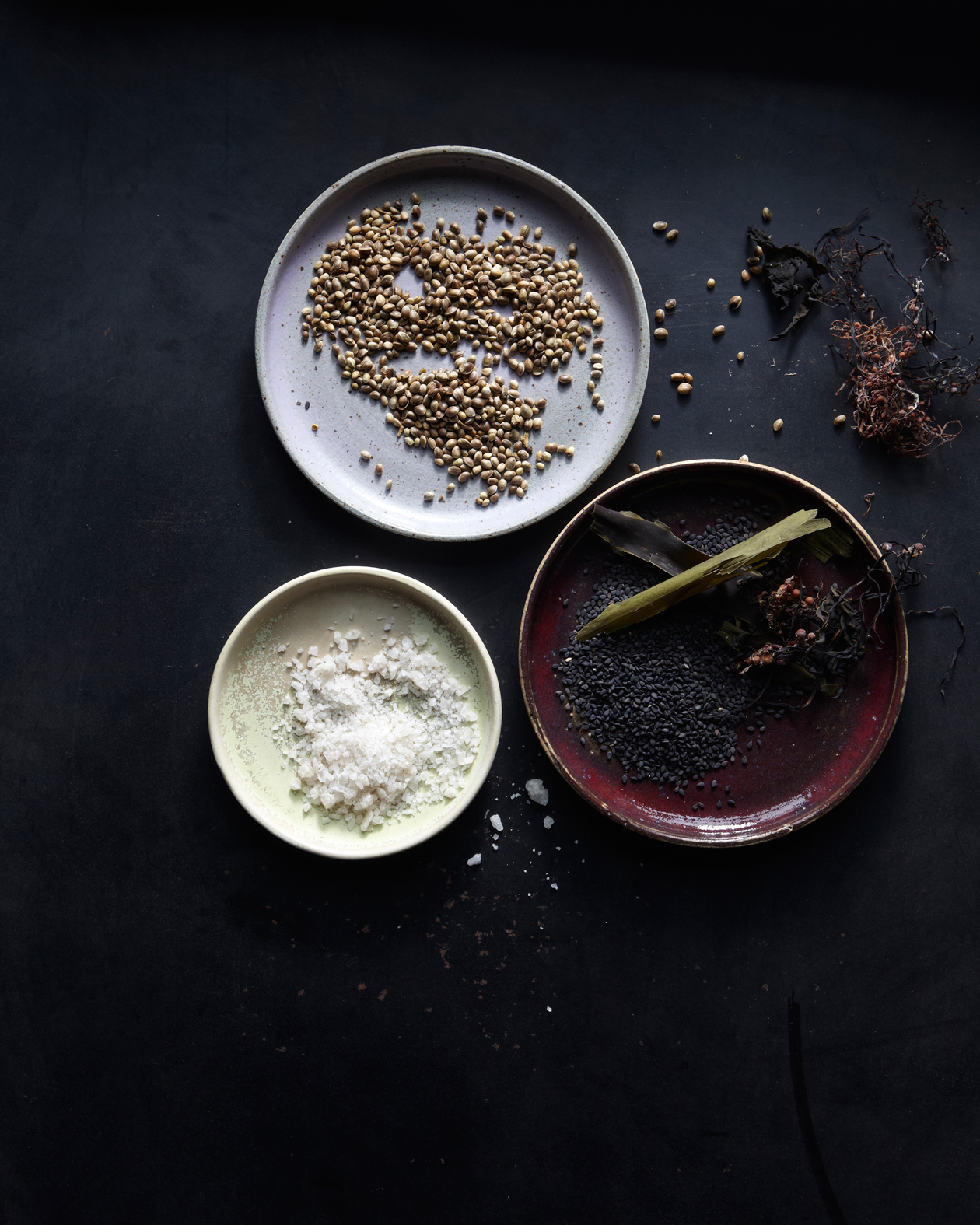
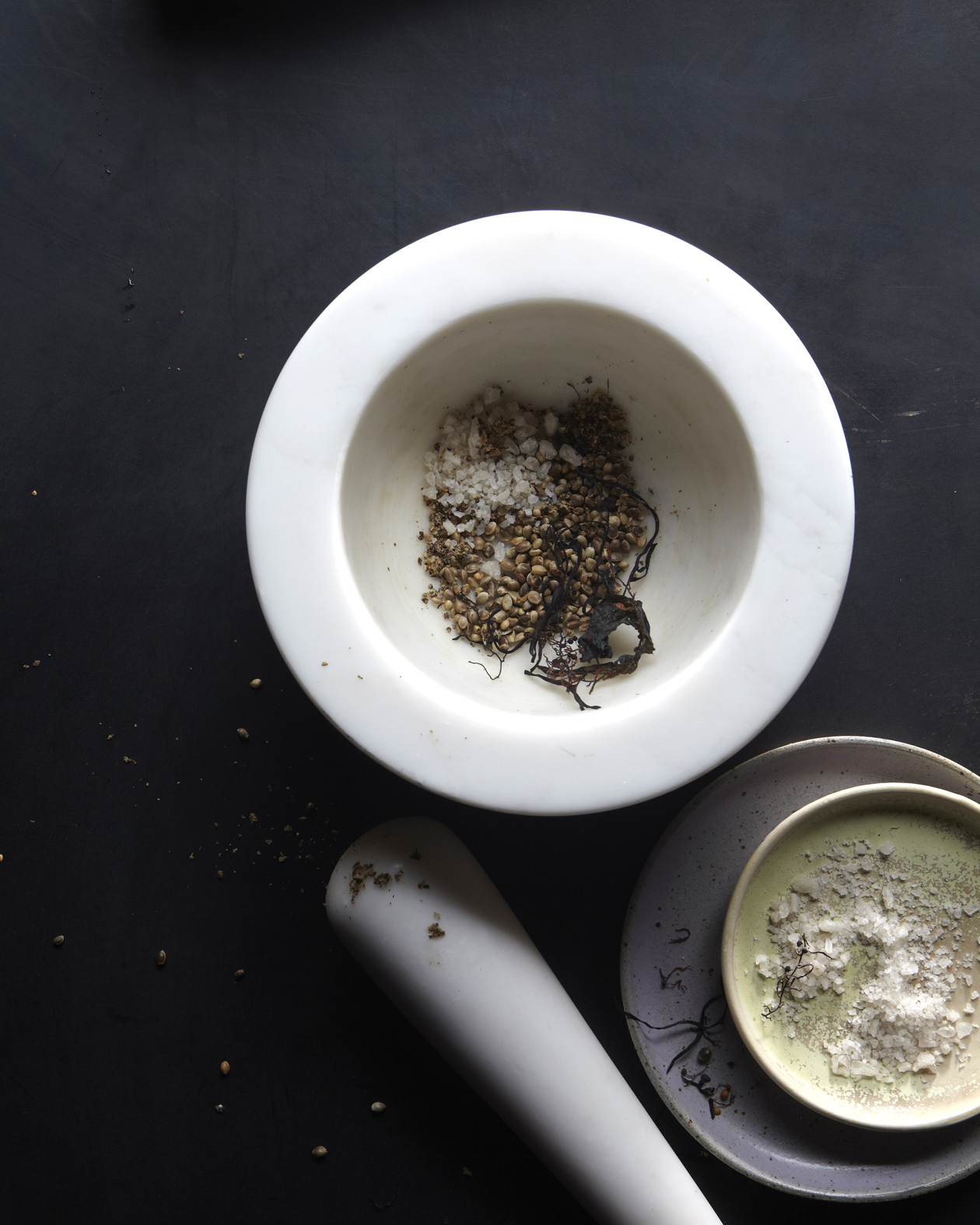

3/4 teaspoon dry nigari
-Dissolve the nigari into 1/2 cup filtered water.
-In a large measuring cup stir together the soy milk with the nigari solution and pour it into ramekins (we used 8 ramekins that held approximately 2 ounces).
-Place the filled ramekins in baking pan and fill the pan with room temperature water, enough so that the water comes half way up the ramekins. Cover with foil and steam in oven for 15 minutes or until the tofu is set to the consistency of a creme brulee, depending on the heat, type of nigari and the concentration in the soy milk this may take longer than the 15 minutes. Remove from heat, cool until just warm and serve. Can also be served at room temperature or cool and topped with sweet topping. Will stay in the fridge for up to two days.
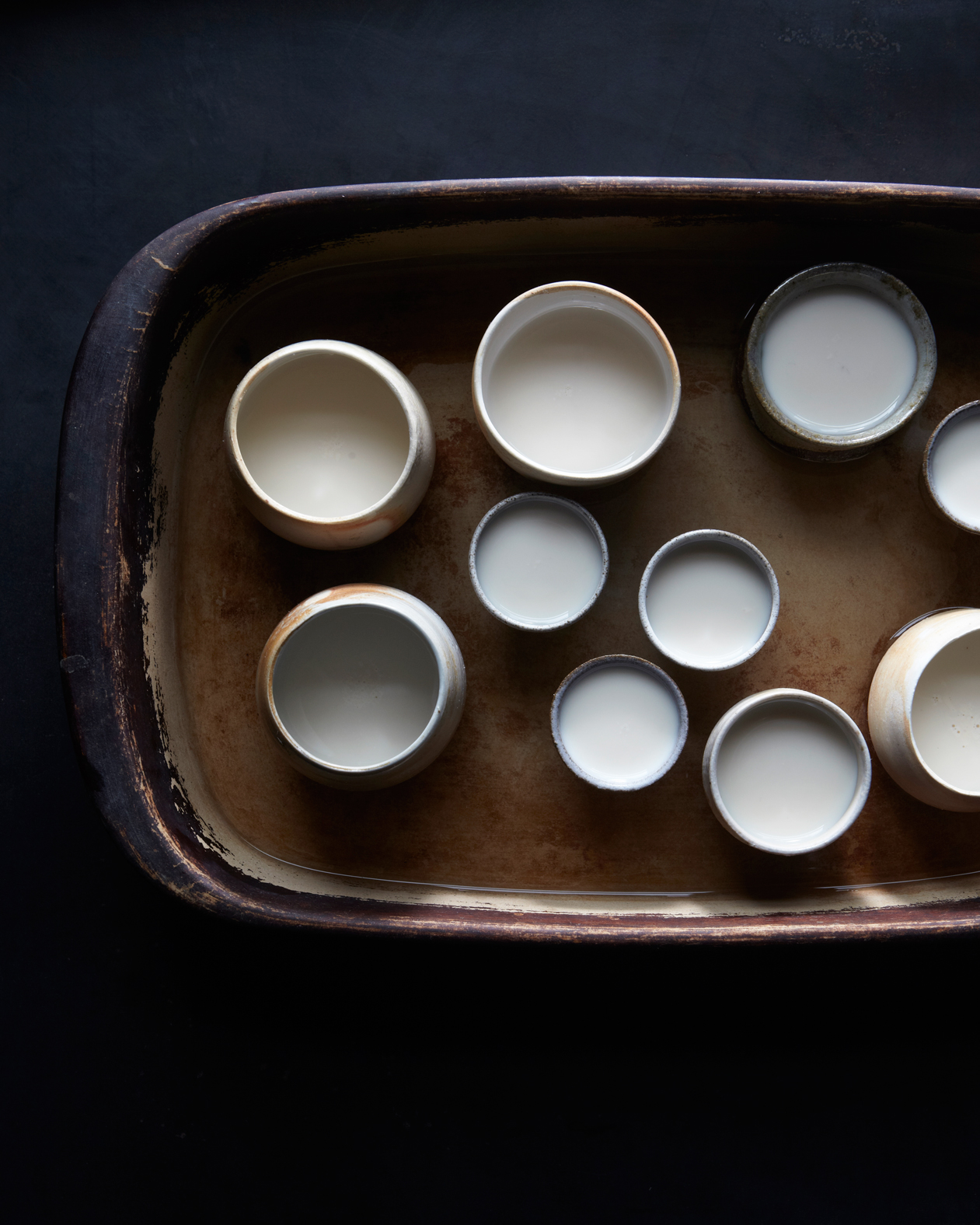
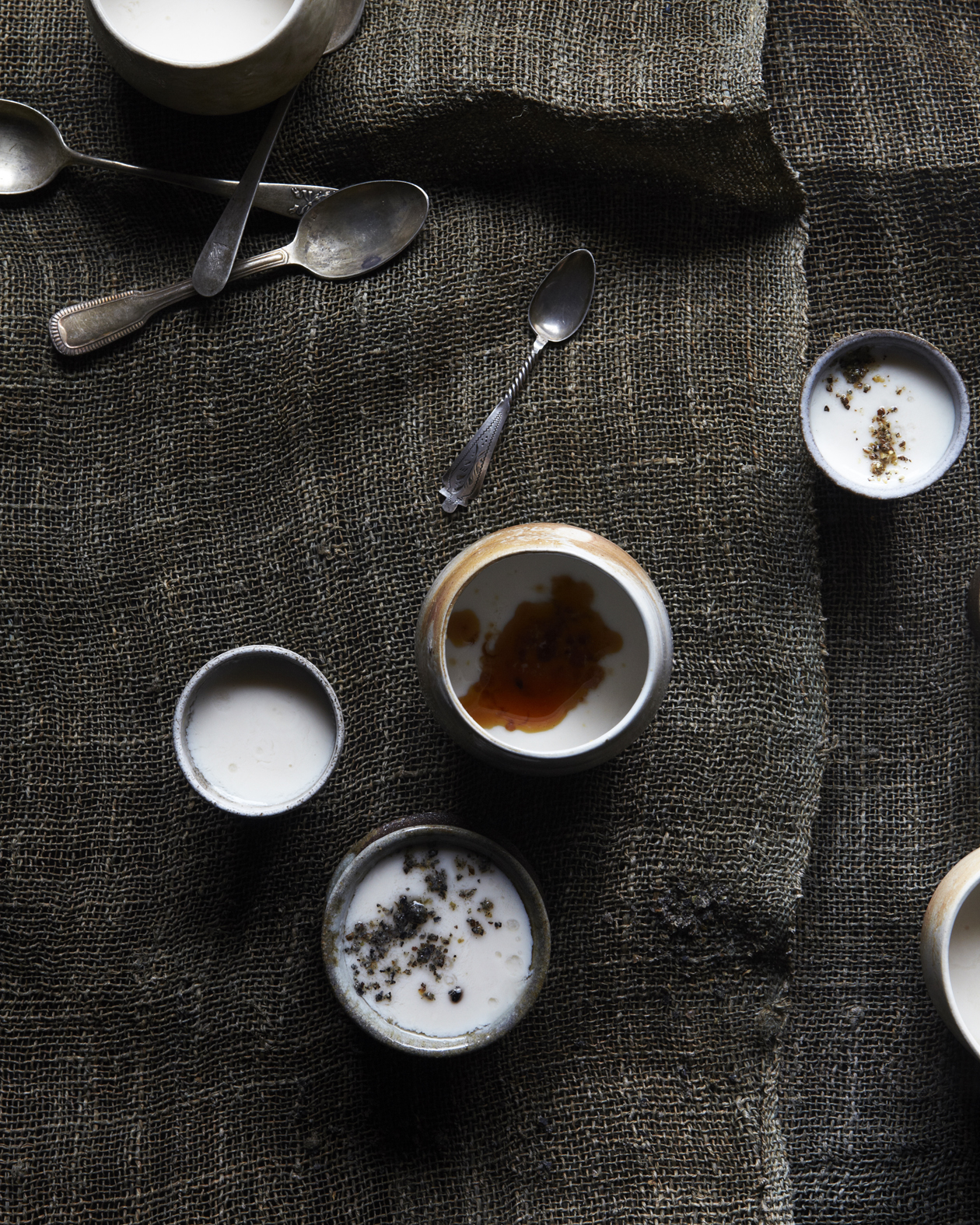
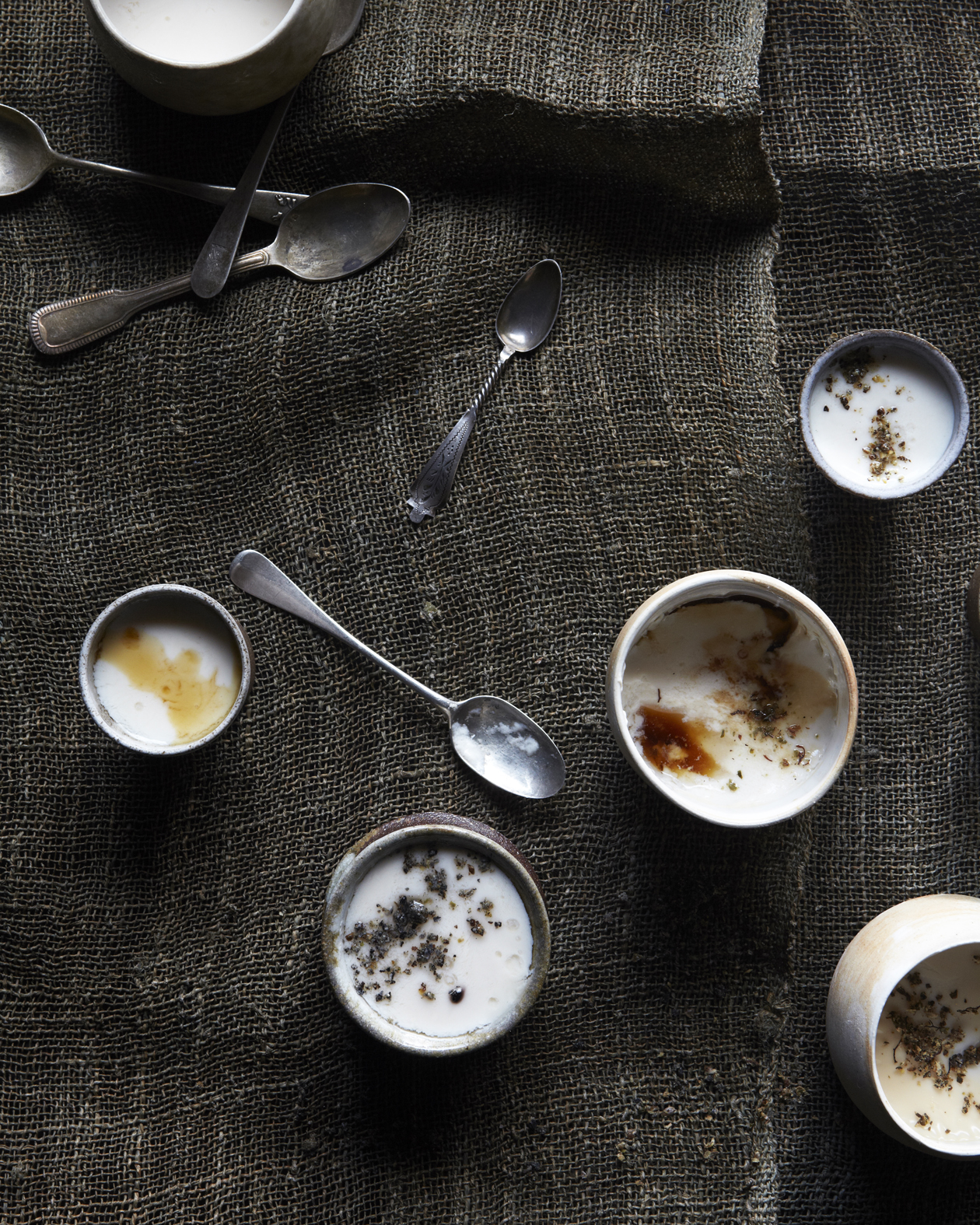
1 1/2 cup dried shitaki
